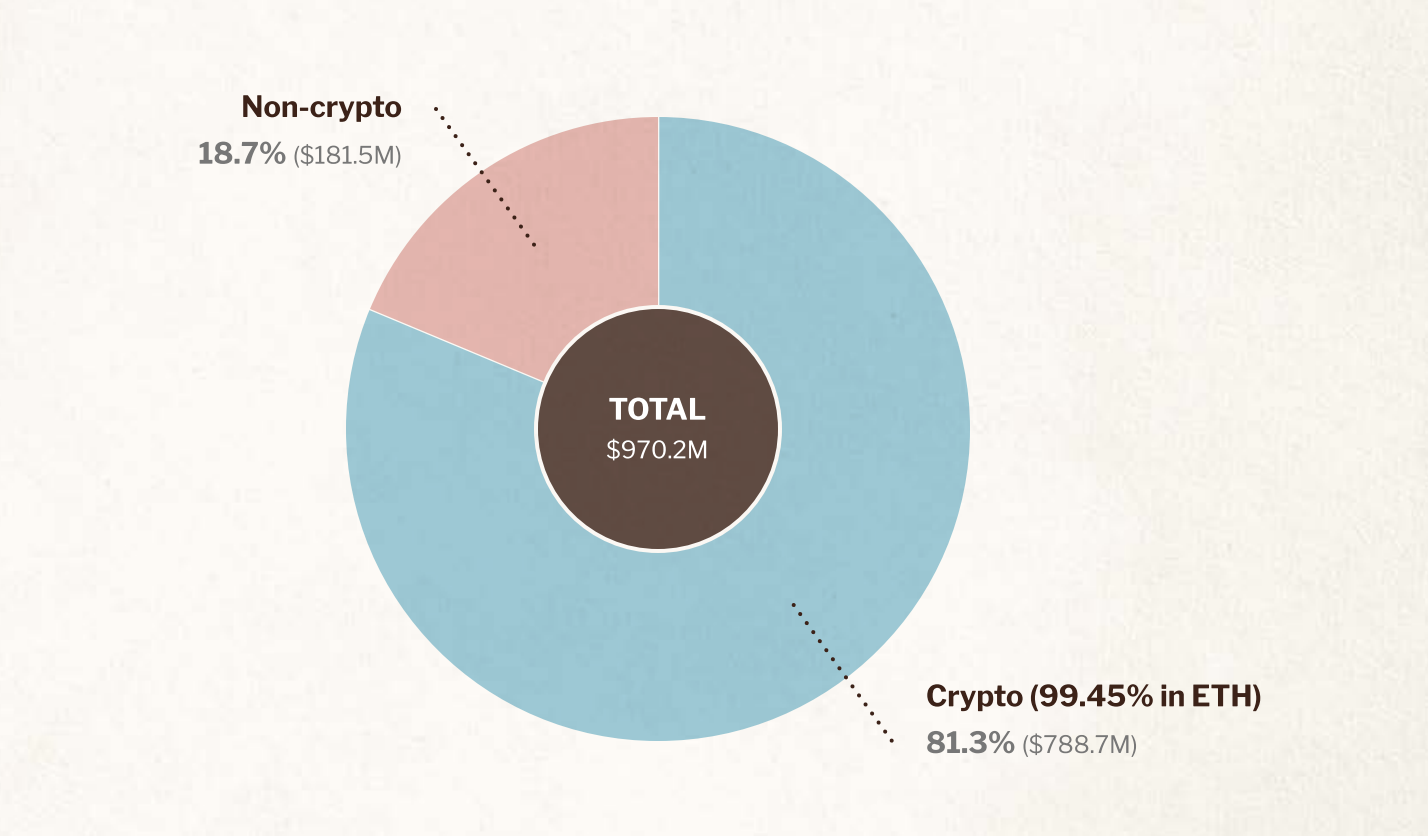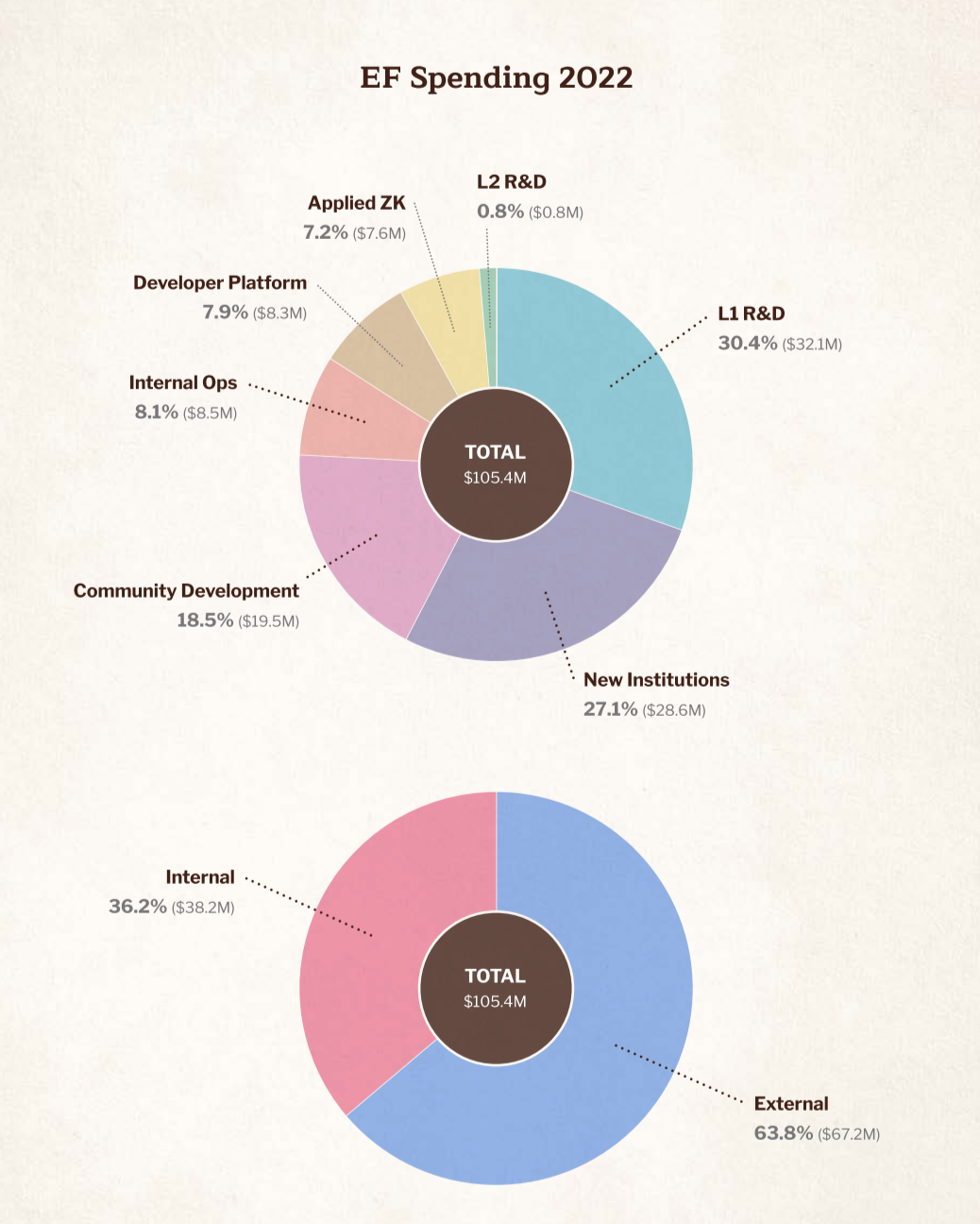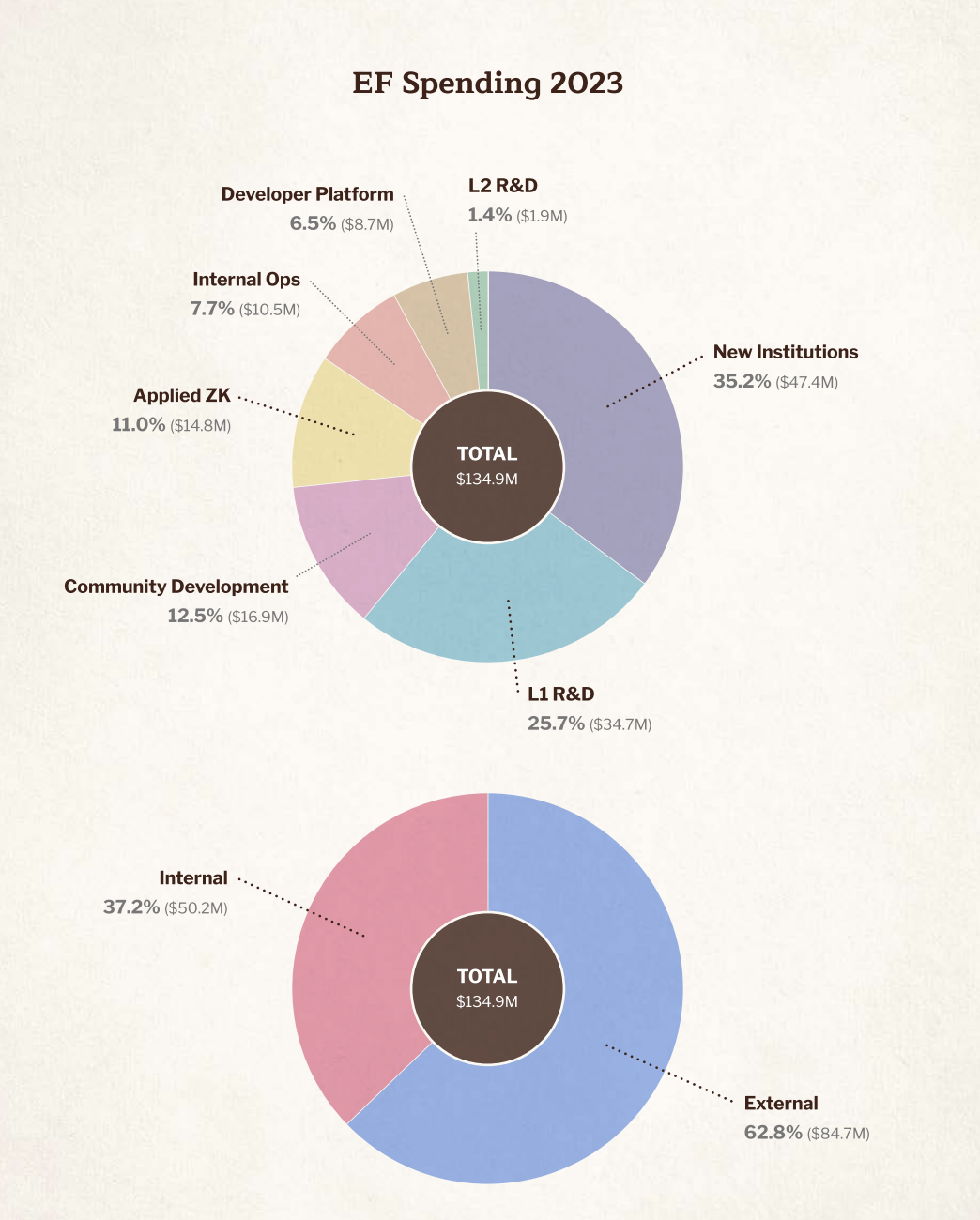Reasonably allocate tokens to ensure the implementation of decentralized governance.
Written by: Iris, Liu Honglin, Mankun Law Firm
The 2024 U.S. presidential election has finally concluded, and Trump, who has garnered significant attention and support from the crypto industry, can be seen as making a "comeback." I wonder if your social circles were flooded with news at that time. Unlike the previous administration, his return to the White House may bring a more friendly and favorable regulatory environment for the crypto industry.

* Image source: X.com
During the election, various "strange tactics" emerged, such as BTC strategic reserves, the Americanization of mining, and the removal of the current SEC chairman. However, the key legislation that will impact the development of crypto assets and Web3 projects in the coming years is the Financial Innovation and Technology for the 21st Century Act (FIT21). Currently, this bill has passed the U.S. House of Representatives with a vote of 279:136 and is likely to be quickly passed by the Senate and enacted into law after Trump takes office.
We all know that most Web3 projects, after growing in scale, choose to establish foundations to comply with local and global regulations. So, what impact will the FIT21 bill have on Web3 projects, especially Web3 foundations? First, let Mankun lawyers outline the core of FIT21.
FIT21 Bill: Redefining Crypto Assets
The FIT21 bill is led by the Republican Party, responding to long-standing concerns in the crypto industry about regulatory uncertainty while outlining clearer regulatory boundaries for the industry and attempting to reduce potential market chaos from the source. The most notable aspect of this bill is the redefinition of which crypto assets can be considered "commodities" rather than "securities," a distinction that directly determines the type of regulation these assets will be subject to.
To achieve this goal, the FIT21 bill establishes three core criteria to help define the nature and regulatory scope of assets:
1. 20% Token Control Threshold
The FIT21 bill stipulates that if any single entity or affiliated party controls more than 20% of the tokens, the project will be classified as a security and must comply with the SEC's strict regulations. The intention behind this provision is to prevent the market from being manipulated by a few large holders.
For those projects hoping to be classified as "commodities" and receive more lenient regulation, this "20% cap" serves both as a limitation and a compliance guideline. Project teams need to design reasonable token distribution plans to ensure that control is dispersed among numerous holders, forming a decentralized governance model rather than being controlled by a small core team.
2. Decentralized Governance Structure
The FIT21 bill also has strict requirements for "decentralized governance," aiming to ensure that the project's decision-making mechanism truly achieves "decentralization." This involves not only the dispersion of control but also the transparency and independence of governance. For example, projects need to introduce a public and transparent voting mechanism that allows token holders to genuinely participate in key decisions. Through this approach, governance is not merely superficial decentralization but involves substantial public participation.
In addition, the bill proposes standards for the transparency of governance structures. In simple terms, project teams need to publicly disclose key governance rules and processes, such as the conditions for executing major decisions or the triggering rules for code, so that token holders can clearly understand how the project operates, reducing the possibility of "behind-the-scenes manipulation" by the core team. This transparent governance structure can earn the project more user trust and is also an effective means of compliance.
3. Information Disclosure and Transparency Requirements
The FIT21 bill has relatively flexible requirements for information disclosure, providing different disclosure standards based on the degree of decentralization and the nature of the project. For those projects that meet decentralization requirements and are classified as "commodities," the bill allows them to enjoy relatively lenient information disclosure obligations, but key financial information, token distribution details, and community governance proposals must still be regularly disclosed to the public to ensure transparency. In contrast, projects viewed as securities must conduct comprehensive financial disclosures regularly, similar to traditional securities, to ensure investors' right to information.
Additionally, beyond establishing standards, the FIT21 bill humanely introduces a "safe harbor" provision, providing crypto projects with a crucial compliance transition period. For those projects that have not yet fully achieved decentralization, as long as the project team commits to meeting decentralization standards within a specified timeframe, they can continue to operate during the exemption period without being subject to the strict constraints of securities regulation. This provision gives project teams time to gradually improve their governance structures and community management, reducing the short-term adjustment risks arising from compliance pressures. This flexible buffer mechanism not only protects the innovation space of project teams but also ensures their long-term compliance direction, creating a stable policy environment for the healthy development of the crypto industry.
So, in the foreseeable context of the FIT21 bill soon becoming law, how should Web3 projects respond in terms of token governance and organizational structure?
Mankun lawyers have long recommended and assisted Web3 project teams in establishing foundations to ensure global compliance (for support, please add Mankun customer service: MankunLawFirm). At the same time, they have repeatedly written articles sharing the advantages and establishment plans of setting up foundations, such as "Web3 Project Compliance: Why Choose a Cayman Foundation for Token Issuance?" and "Vitalik's Selection: Why Choose a Swiss Foundation for Web3 Project Token Issuance?".
So, after establishing a foundation, how can this organizational structure meet the decentralization standards of the FIT21 bill? Coincidentally, the Ethereum Foundation (EF) has released its 2024 annual report. Mankun lawyers will interpret this.
Three Highlights of the Ethereum Foundation 2024 Report
The Ethereum Foundation's 2024 annual report consists of 27 pages, with concise language but rich information. From organizational structure to treasury funds and annual expenditures, this report clearly discloses the structure and current status of the world's largest Web3 foundation.
Mankun lawyers particularly remind: for Web3 project teams wishing to establish a foundation, this report serves as a compliance "model room." Next, in conjunction with the FIT21 bill, we will break down the compliance path of the Ethereum Foundation in response to regulation, so please "take good notes."
1. Decentralized Governance
The Ethereum Foundation's 2024 annual report details the functions and divisions of several key teams, including the development team, research department, ecosystem support team, and risk management group. These teams operate independently and supervise each other, not only having clear divisions in technical development and project support but also demonstrating the foundation's commitment to decentralization in its governance structure. For example, the development team focuses on technical upgrades of the core protocol, the research department is responsible for future innovation exploration, and the ecosystem support team promotes community education and ecosystem expansion. This functional division prevents decision-making power from being overly concentrated in any single team, ensuring governance remains decentralized.

Additionally, the foundation has delegated some key decision-making powers to token holders and ecosystem participants through community voting and open proposals, allowing the community to genuinely participate in the project's future development. This way, not only are the team’s functional boundaries clear, but governance also remains transparent and community-oriented. This governance model fundamentally aligns with FIT21's requirements for decentralization, reducing the risk of control by a single entity and providing assurance for the project's long-term healthy development.
2. Treasury Fund Holdings
The Ethereum Foundation's 2024 annual report discloses its current treasury fund holdings. The data shows that the Ethereum Foundation currently holds $788.7M in crypto assets, of which 99.45% is ETH, amounting to approximately $784.4M in total value. Based on current ETH market data, the Ethereum Foundation holds about 261,000 ETH, accounting for approximately 0.22% of the total ETH supply.

This data indicates that the Ethereum Foundation's ETH holding ratio remains relatively low, avoiding excessive market impact and alleviating liquidity pressure from concentrated holdings, and is well below the 20% threshold set by the FIT21 bill, ensuring that under the new law, ETH will no longer face SEC scrutiny as a security. In addition to crypto assets, the Ethereum Foundation also holds about $300 million in traditional financial assets, such as fiat currency and bonds, ensuring its risk resistance amid market fluctuations.
This diversified fund management approach not only enhances financial stability but also demonstrates the Ethereum Foundation's emphasis on decentralization and transparency. This "lightweight holding + diversified allocation" financial strategy also provides an important reference for other Web3 projects: while promoting ecosystem development, ensure long-term financial support through reasonable allocation, laying a solid foundation for achieving more resilient growth in an ever-changing regulatory environment.
3. Annual Financial Data
The Ethereum Foundation's 2024 annual report provides a detailed disclosure of its financial situation over the past two years, clearly showcasing the use and management of funds between 2022 and 2023. The data indicates that the foundation's expenditures are primarily focused on three major areas: core development, ecosystem grants, and operational reserves, covering aspects such as security upgrades for the core protocol, ecosystem support, and risk management.


Specifically, the report shows that the Ethereum Foundation made significant investments in core protocol development over the past year, including the research and development of emerging technologies such as Layer 2 scaling solutions and zero-knowledge proofs, to maintain the innovation and security of the Ethereum network. Additionally, the foundation has increased its funding for the ecosystem, supporting the developer community and the incubation of various new projects, thereby promoting the long-term development of the Ethereum ecosystem. These funding programs cover new project incubation, educational training, and community activities, providing momentum for the sustainability of the Ethereum network.
The Ethereum Foundation's transparent funding management strategy aligns with the FIT21 bill's requirements for financial disclosure, providing a strong compliance reference for the future development of the Web3 industry. At the same time, this fully transparent data disclosure helps build market trust, laying a foundation of compliance and resilience for the project's sustainable development.
Mankun Lawyers' Recommendations
Currently, with Trump's ascension to power, the FIT21 bill seems to be at a "done deal" stage. Just like the impact of the EU's MiCA bill on global crypto asset regulation, once the FIT21 bill is officially passed by the Senate and enacted into law, it is expected to play a crucial role in the classification of global crypto assets. Therefore, for Web3 project teams looking to establish a foundation or those already established and considering compliance regulation, the Ethereum Foundation's "homework" is worth emulating:
Reasonably allocate tokens to ensure the implementation of decentralized governance
The 20% control threshold proposed by the FIT21 bill requires many projects to be more prudent in token distribution. Therefore, designing a reasonable token distribution plan is crucial in the early stages of a project. By introducing multi-party governance mechanisms, such as token holder voting and community proposal management, decision-making power can be gradually delegated to community members. This transparent governance model not only helps projects meet the decentralization standards of FIT21 but also significantly enhances community participation, laying a solid support foundation for the project.
Diversify fund holdings to enhance financial robustness
The diversified fund allocation demonstrated by the Ethereum Foundation is a typical robust strategy, encompassing not only crypto assets but also traditional financial instruments such as fiat currency and bonds. Web3 project teams can also refer to this diversification in fund management to avoid concentrated holdings in a single asset, especially the market volatility risks posed by highly volatile crypto assets. By flexibly allocating resources, project teams can maintain sufficient liquidity and risk resistance amid market fluctuations, ensuring financial stability and providing reliable support for the project's long-term development.
Emphasize information disclosure and transparency building
Under the FIT21 framework, information disclosure has become one of the key factors affecting project compliance. Web3 projects should proactively disclose information transparently regarding fund flows, token distribution, governance mechanisms, etc. They can refer to the Ethereum Foundation's disclosure methods, regularly publishing key information such as project development progress and fund usage to provide reliable reference data for the community and investors. This not only aids in compliance but also enhances community trust, reducing potential legal and reputational risks.
Of course, if you intend to establish a Web3 foundation and wish to achieve compliance from the outset, Mankun Law Firm will be a trustworthy partner for you. As a seasoned law firm deeply engaged in the blockchain and new economy sectors, our team includes several experienced lawyers in Web3, specializing in foundation location, establishment, and structural design, and we have successfully co-organized foundation projects multiple times.
We firmly believe that compliance is not only a protection for the project but also the cornerstone for promoting the stable development of the Web3 industry. If you have related needs, feel free to consult Mankun Law Firm. We will be happy to provide compliance consulting and professional guidance, helping your project develop in a compliant and stable manner within the Web3 ecosystem, jointly advancing the Web3 industry towards a more compliant and transparent future.
免责声明:本文章仅代表作者个人观点,不代表本平台的立场和观点。本文章仅供信息分享,不构成对任何人的任何投资建议。用户与作者之间的任何争议,与本平台无关。如网页中刊载的文章或图片涉及侵权,请提供相关的权利证明和身份证明发送邮件到support@aicoin.com,本平台相关工作人员将会进行核查。




